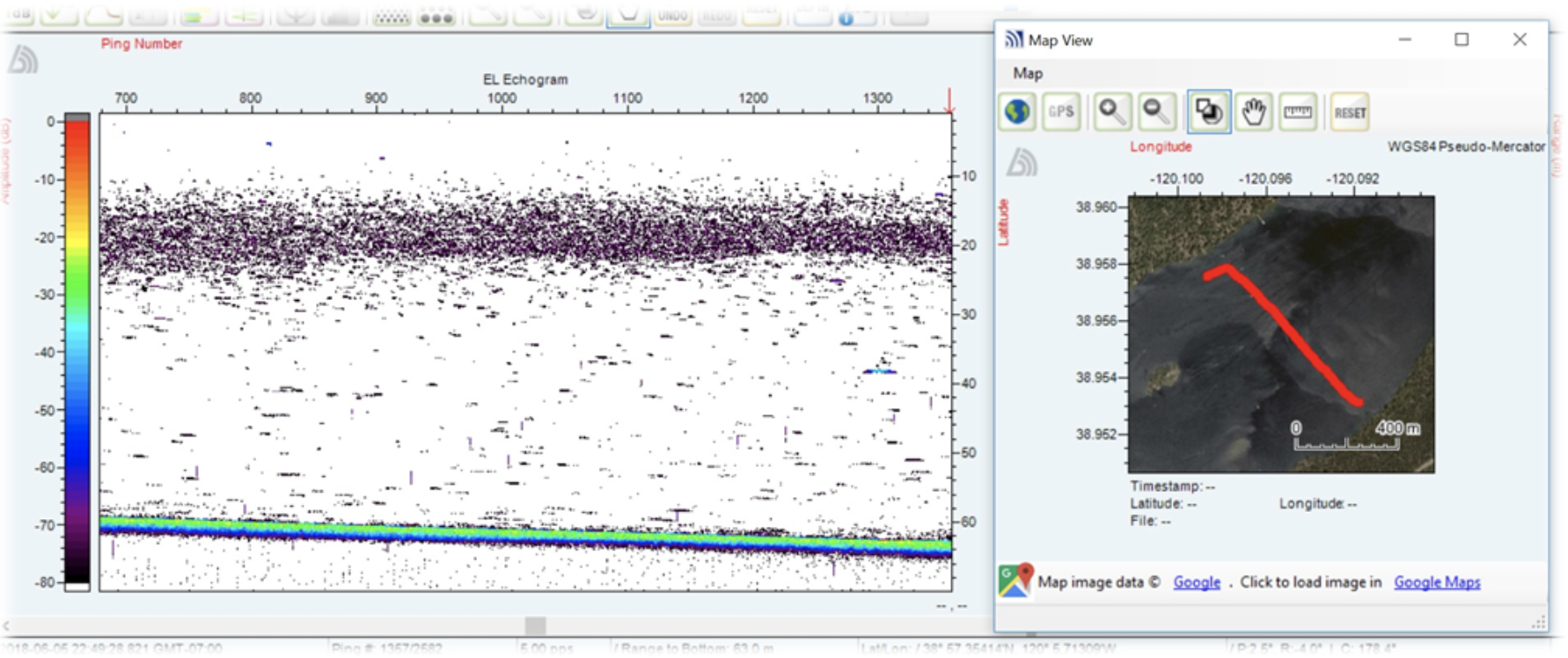Mysis Net Mini-Series: Catching Mysis
The Tahoe Environmental Research Center (TERC) needs a commercial-grade Mysis net to conduct pilot research trawls. But why is a custom net needed?
In our latest mini-series, we’ll cover how Mysis are removed and why it’s so important for scientists to get this net just right.
Source: TERC
Below is the first post in the series, Catching Mysis:
Catching Mysis
Let’s get straight to it: Mysis are HARD to catch. Why? For one thing, they spend their days at the BOTTOM of Lake Tahoe, some 1600 feet below the surface of the lake. They don’t have a schooling instinct like fish, so they tend to be spread out. They’re also tiny, with adults measuring just 22 mm in length. And what’s worse, they’re flexible! These little guys can fold themselves in half, capable of slipping through tiny openings.
But for all the things that make them a pain to catch, they’ve got two weaknesses that really aren’t so different from you and me:
One, they get hungry. And when night-time falls, they swim to the surface to eat.
And two, they don’t like excessive heat. So when surface water temperatures are highest during the summer and early fall months, they come as close to the surface as possible to reach their food without crossing the thermocline where the water changes temperature.
As you can see in the image above (taken at 11:00pm in June), the Mysis are all crammed into that 15m to 25m depth. Shallow enough to feed, but deep enough to avoid that warmer water above 15m. It’s during these hottest months that Mysis can be captured and removed using a midwater trawl.
The Benefits of Midnight, Midwater Trawling
When people hear the word “trawling”, they often think of a huge bottom trawl dredging the ocean floor and destroying everything in its path. Goodness that’s not what we’re talking about here! Midwater trawling means the net is nowhere near the bottom of the lake. No sediment churned up and no architectural artifacts disturbed. And while trawling in the dark of night is a pain for researchers and fishers, it also means that come sunrise, all the restoration work is wrapped up and done. No unsightly trawlers operating during the day, and no disruptions to the recreational and scenic beauty of Lake Tahoe.
So how are scientists improving trawl efficiency, and what about by-catch?
Come back soon to learn more about Mysis reduction at Tahoe and what you can do to help!




